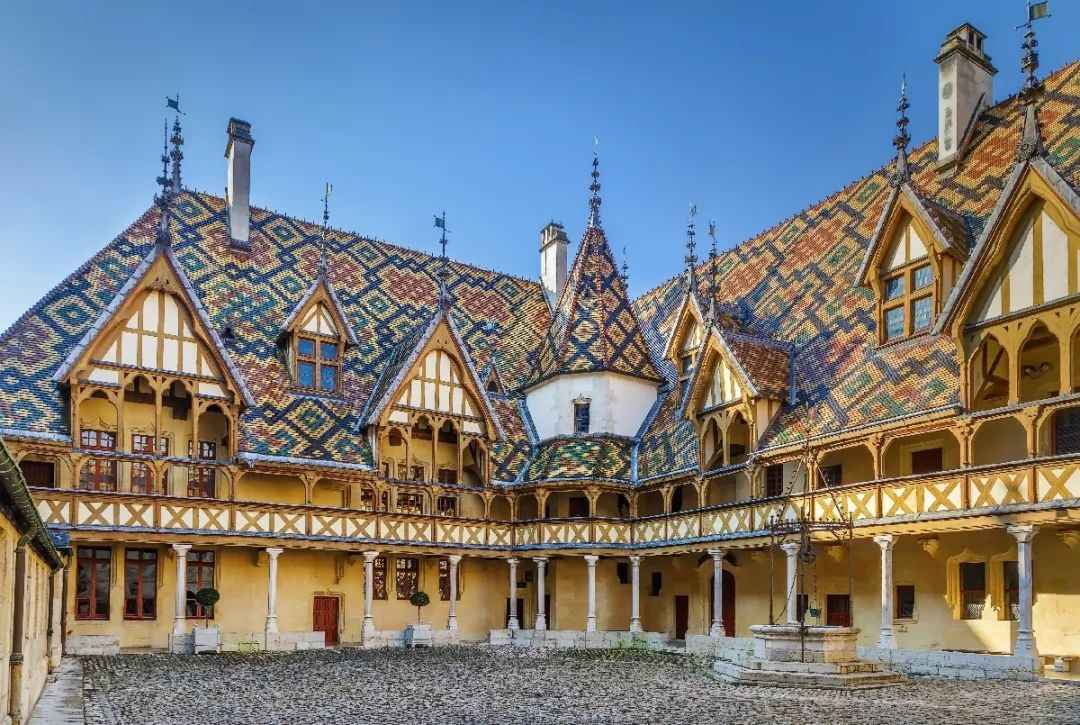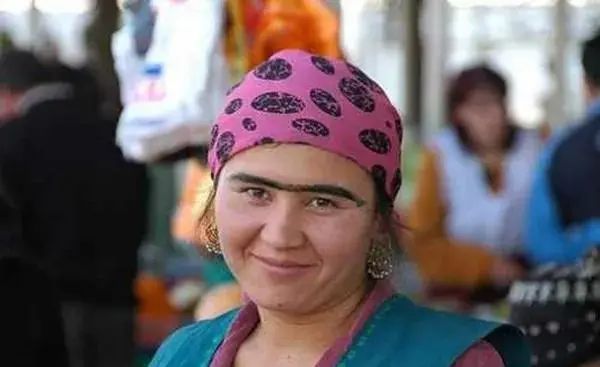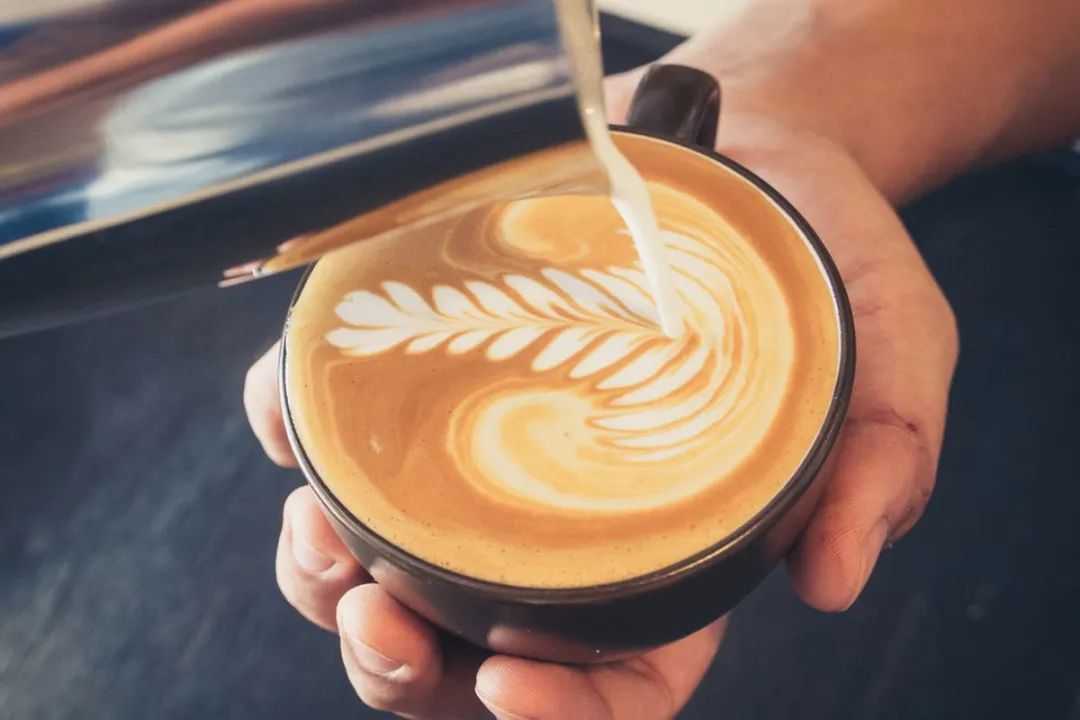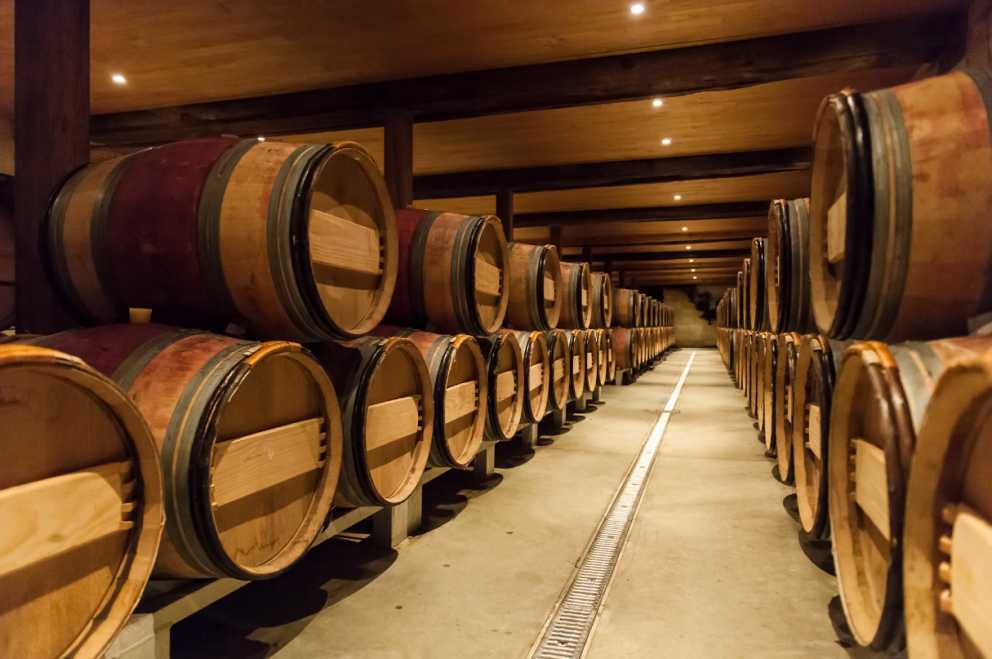France's Hospices de Beaune: A Medieval Charity Legacy and the Timeless Splendor of Its Colored Glass Roof
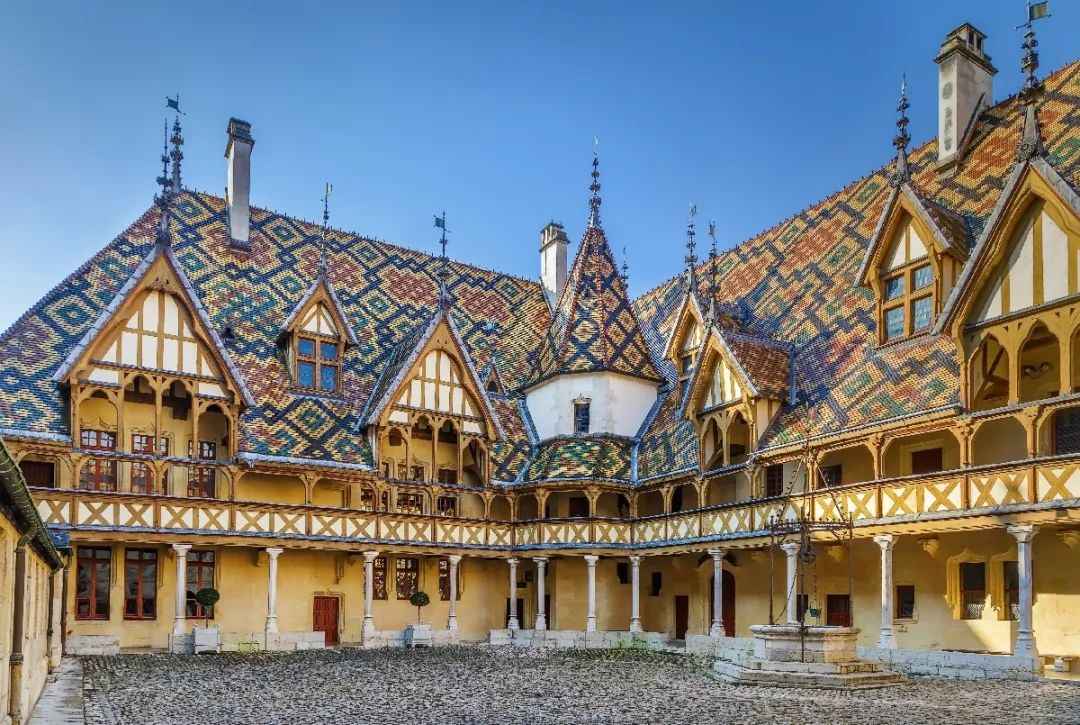
Source: Images from the Internet, if there is any infringement, please contact the removal of
In the wine-rich town of Beaune, Burgundy, France, the Hospices de Beaune—an architectural gem of Flamboyant Gothic style—stands as a world-renowned landmark, celebrated most for its stunning colored glass roof. Founded in 1443, this historic site is not only a paragon of medieval charitable healthcare but also a masterpiece of European architectural art, blending cultural heritage with enduring aesthetic allure.
A Masterpiece of Architectural Artistry
Commissioned by Nicolas Rolin, Chancellor of Burgundy, and his wife Guigone de Salins, the Hospices was built to provide free medical care and shelter for the poor in the aftermath of the Hundred Years' War. Its roof, a breathtaking display of craftsmanship, features glazed tiles in hues of red, brown, green, and yellow, arranged in diamond and cross patterns that incorporate the Burgundian coat of arms. Gilded spires and skylights catch the sunlight, creating a dazzling effect that marries the opulence of Flemish Gothic design with the rustic charm of Burgundian traditions. Historians note that this glazed tile technique, introduced to France by 15th-century Hungarian master Miklos Zsolnay, found one of its earliest and finest expressions in the Hospices' roof.
A Medical Legacy Spanning Centuries
The heart of the complex, the Salle des Pauvres (Hall of the Poor), stretches 50 meters long and 16 meters high, with boat-shaped wooden beams carved with mythical beasts symbolizing the banishment of illness. Red-curtained beds line the walls, paired with nuns' observation windows—a design that reflects both respect for patients' privacy and the compassionate ethos of medieval healthcare. Before transitioning into a museum in 1984, the Hospices served as a field hospital during World Wars I and II, embodying resilience amid turmoil. Today, visitors can explore its 15th-century pharmacy, with preserved earthenware jars and copper medical tools, as well as the 17th-century Salle Saint-Hugues, where murals by Parisian artist Isaac Moillon depict Baroque grandeur, once used to separate male and female patients.
Cultural Heritage in Modern Times
While the current roof is a 20th-century restoration—slightly softer in hue than the original—its precise geometric patterns faithfully replicate the skill of medieval artisans. Each November, the Hospices gains global attention through its historic wine auction (scheduled for November 16, 2025), where wines from its 60 hectares of grand cru vineyards are sold. Proceeds fund building preservation and medical research, honoring founder Nicolas Rolin’s vision of "redeeming souls through charity." Adding to its allure, the Hospices gained cinematic fame as a filming location for the classic comedy La Grande Vadrouille, with its courtyard and grand hall featuring in iconic scenes, drawing film enthusiasts worldwide.
Today, the Hospices de Beaune remains a living testament to both charitable spirit and architectural genius. Its colored glass roof, more than a regional landmark, shines as a timeless symbol of humanity’s pursuit of beauty and dignity—bridging six centuries of history with enduring radiance.
